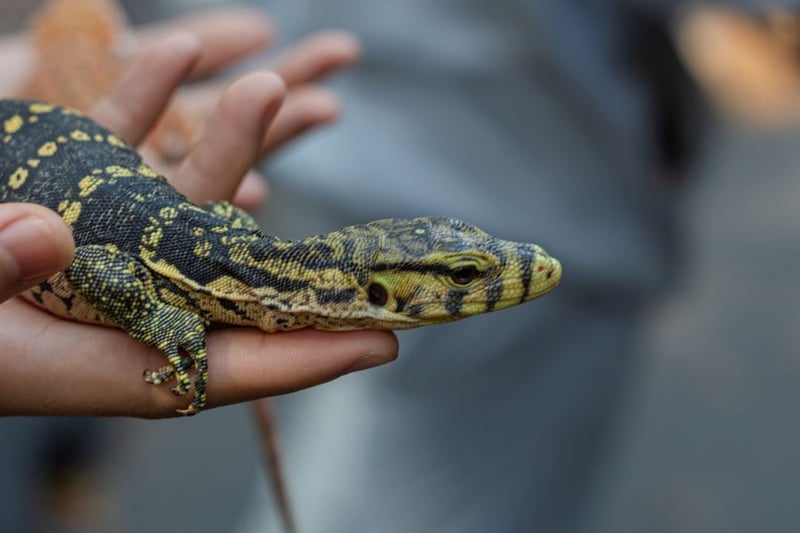
Canada’s role in the global trade of live monitor lizards
Research article
This report looks at Canada’s role in importing live monitor lizards for the pet trade and the challenges with data collection and enforcement.
Around the world, monitor lizards are traded for their skins, meat and other body parts used in medicines, as well as for the pet industry.
With support from World Animal Protection Canada, researchers analyzed ten years of trade data (2011–2021) from CITES to understand Canada’s role as an importer of live monitor lizards for the pet trade.
The study, Canada’s role in the international trade in live monitor lizards: An examination of CITES trade data with notes on illegal trade, found significant gaps in Canada’s reporting. These gaps make it difficult to know the true number of monitor lizards imported. Even with these limitations, more than 14,000 monitor lizards were recorded as imported into Canada during the ten-year period.
Some of these lizards come from countries where they are protected under national laws, which makes the legality of their appearance in international trade questionable.
The report calls for Canada to:
- Dedicate more resources to enforcing its wildlife import laws.
- Improve accuracy and transparency in recording of the number of animals imported.
- Strengthen efforts to meet Canada’s international reporting obligations under CITES.
Key points:
- Canada has substantial gaps in their reporting data, posing challenges for determining the true number of monitor lizards imported into Canada.
- At least 14,000 monitor lizards were imported into Canada commercially from 2011-2021.
- Some species imported/exported from Canada are protected in their countries of origin (not just by CITES listings), which raises questions of legality.
- Dedicating more resources to enforce Canada’s existing laws could strengthen the response to the illegal trade.